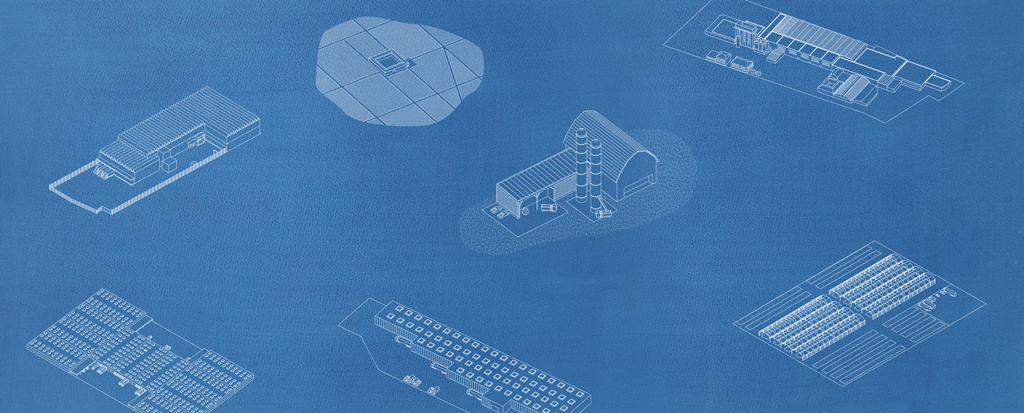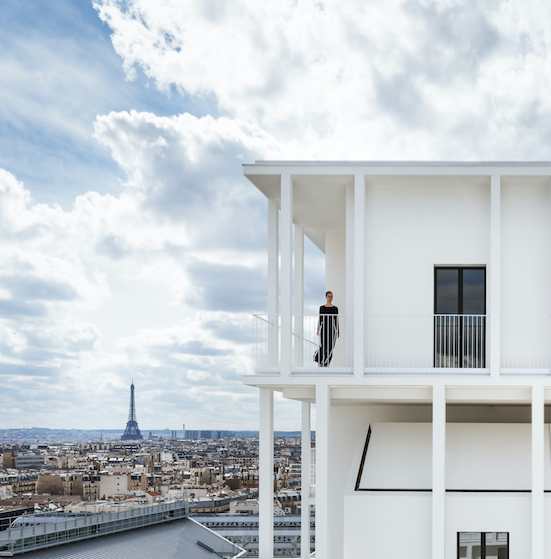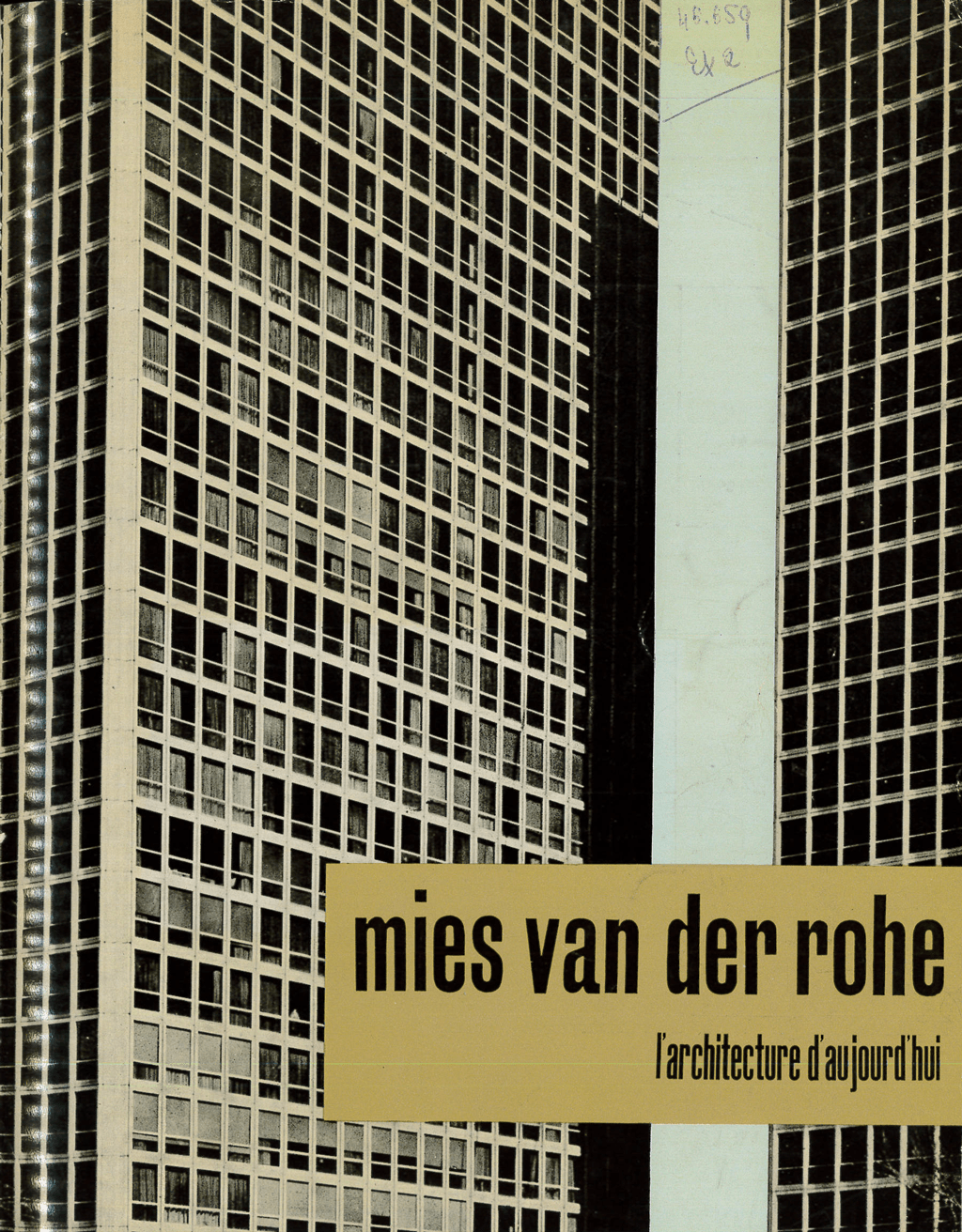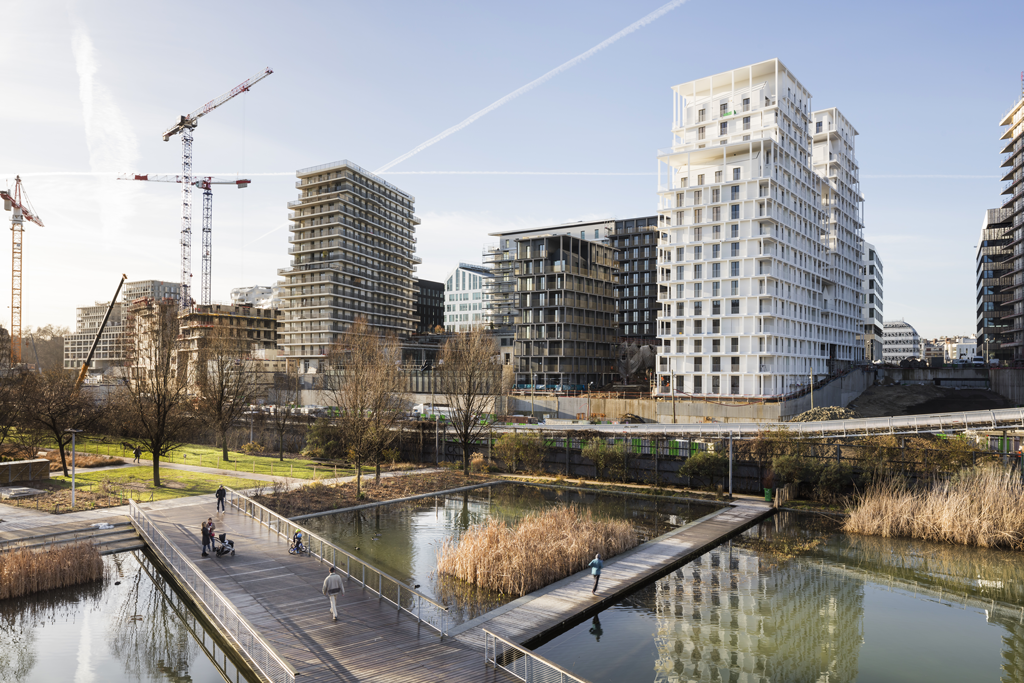The ”système ville”, by SYVIL
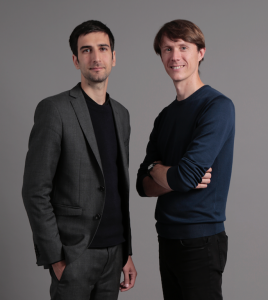
Winners of the 2018 AJAP competition, architects Damien Antoni and Achille Bourdon, who both graduated from ENSA Belleville in 2010 and founded SYVIL (an abbreviation of “système” (system) and “ville” (city)), champion intelligent architecture with a productive approach for the city, in the public interest.
L’Architecture d’Aujourd’hui : How would you define this “système ville” and what are you working on?
Achille Bourdon: We are interested in the material quality of the networks produced and consumed by the urban organism. This is the issue that defines our work, through architectural, urban and environmental challenges. We therefore work on projects that have been long forgotten in architecture and which have been restored a place at the heart of the production process of a city due to the densification of urban outskirts. This “return to the city” requires new action strategies for stakeholders who are used to standard buildings. You have to go beyond the silo approach which previously existed in these fields little explored by architects.
Damien Antoni: The “système ville” is the set of sectors which organise the city’s material functioning. This includes waste management, goods supply, water, energy, etc. For us, it is important to look at the buildings used for this purpose – the power plants, the logistical buildings – and to elevate them to the ranks of architecture. Moreover, there is a real challenge of integration into the city and the urban development policy.
AA : How do you defend your position in the construction market?
AB: We try to work with industrial players who don’t necessarily have prefabricated and defined tools and methods. Through this work with the private sector, we manage to create an ethos that benefits the project: we strive to go as far as we can with these simple objects that are warehouses and the like, and we give them so much care to make them more relevant. We start on a company level and then tackle urban issues.
DA: Our position is to place these objects at the centre of a broader public debate. If today, money is invested in cultural buildings, production is also a culture, a common culture. We work, for example, with a bakery that makes 400,000 breads per day. It is not urban agriculture but food security, and that affects everyone. We strive to defend the public interest when working for the private sector.
AA : What do you feel are the current challenges facing the profession?
AB: To encourage architects to reconsider questions of feasibility and projects as areas in which they can take action. This is how we find our place in calls for proposals: we launch the process of considering the issues and position ourselves as consultants, with a real architectural strategy to defining projects.
DA: This approach can also be a response to the French Elan law. In a world which has privatised architecture, we are recovering a strategic legitimacy through these calls for projects which allow us to promote general interest approaches within the private sphere.
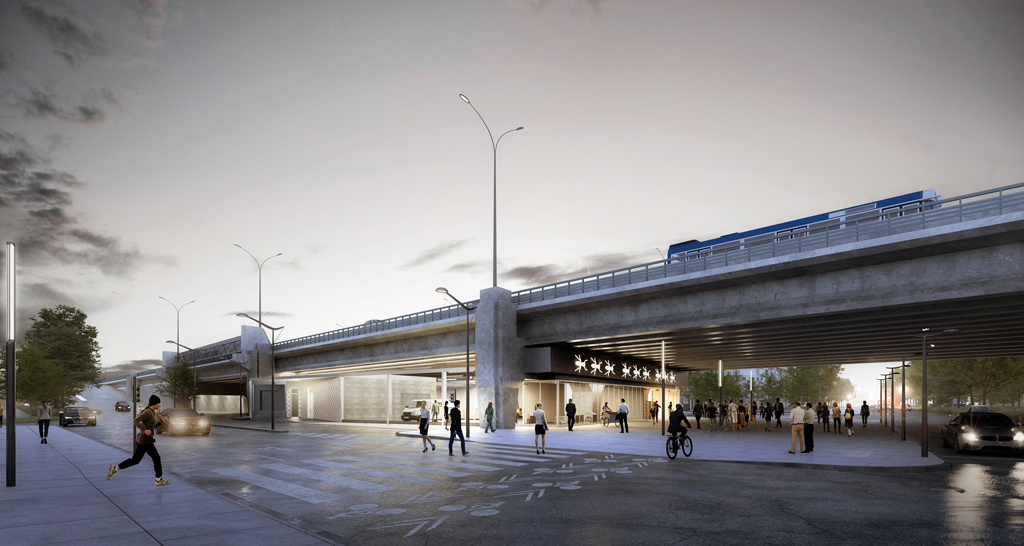
“P4” project, a pioneering environmentally-friendly urban logistics project, Paris, 2017.
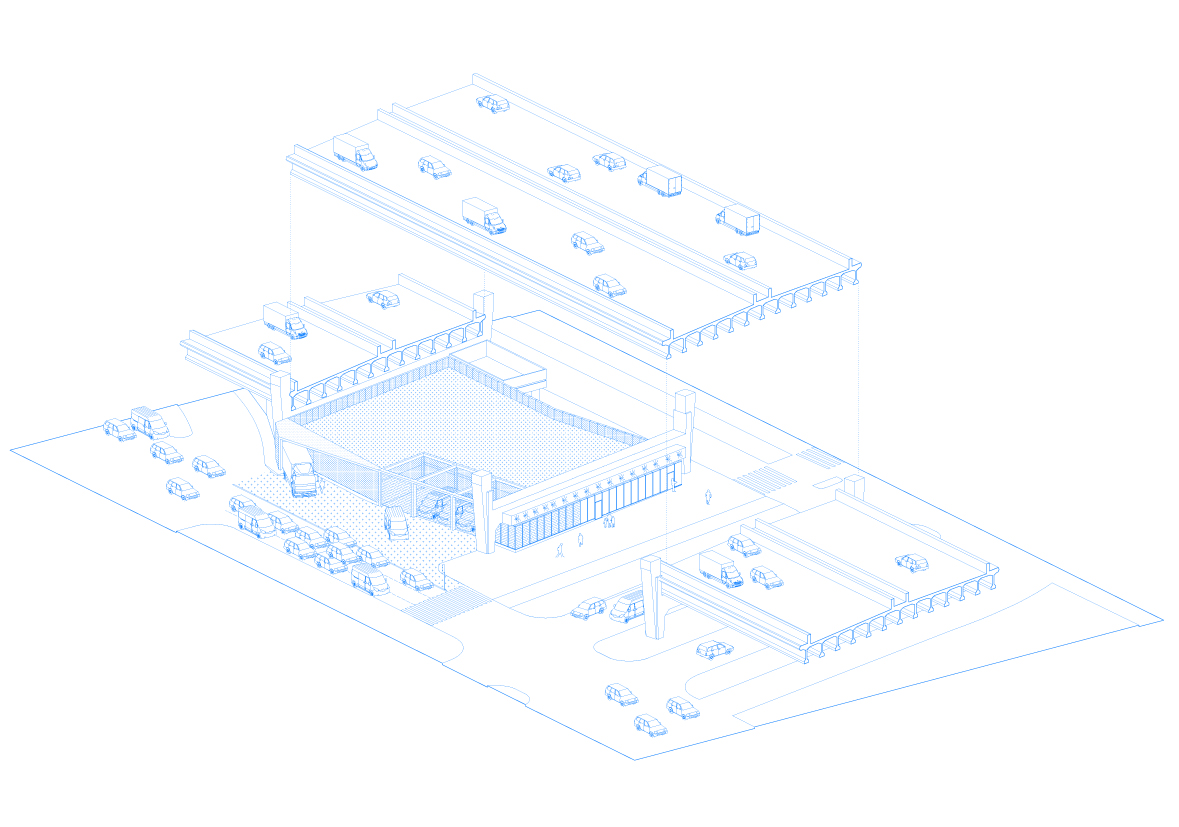
Axonometry of the “P4” project, located under Paris ring road.
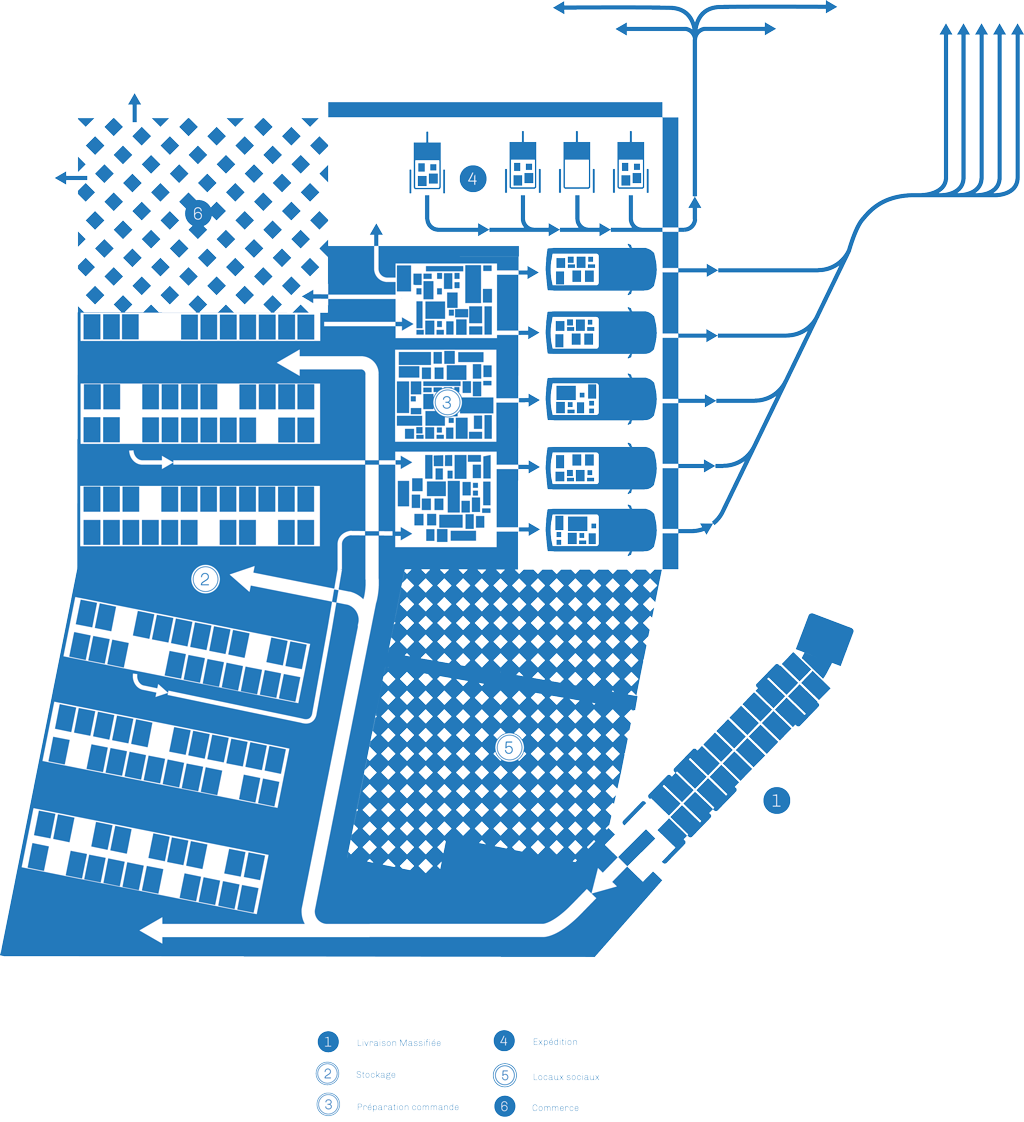
“P4” project, diagram of the functional flow. A single truck running on natural gas discharges at once the equivalent of fourteen clean vehicles delivering the final customer.
—
Interview by Anastasia de Villepin
—
This article was originally published in AA’s 428th issue – Private commissions, public intentions – released in December 2018, available on our online shop.

